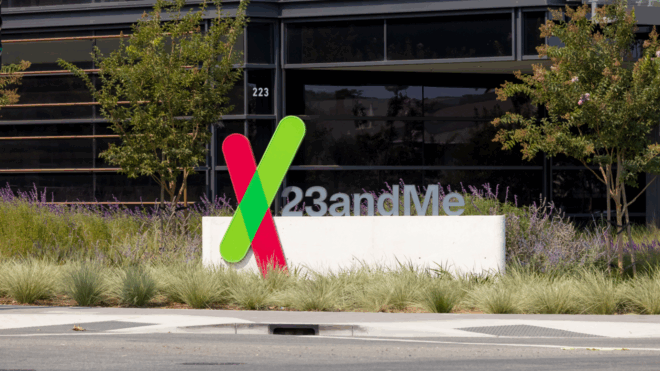There is definitely a long list of things we all do in the kitchen that we shouldn't. Just to name a few, I leave my dishes to soak for far longer than I should, and I almost never wait for the oven to preheat before prematurely putting my food in.
Although I know deep down that I'm not supposed to be doing these things, I do them anyway because I've gotten stuck in the same old routines. While some cleaning hacks are great, like tidying up messes with sliced bread, many end up creating a bigger problem in the long run.
Turns out, I may have even been wrong about chores that I was confident I had down pat.
For instance, when I'm done using my cutting board, I always scrape off the debris and douse the surface with dish soap. Then, I rinse the board with steaming water.
I thought that cleaning my cutting board was one of the only things I was doing right in the kitchen. Turns out, I've been wrong all along!
Thumbnail Photo: Wikimedia Commons // Facebook / Pampered In The Valley
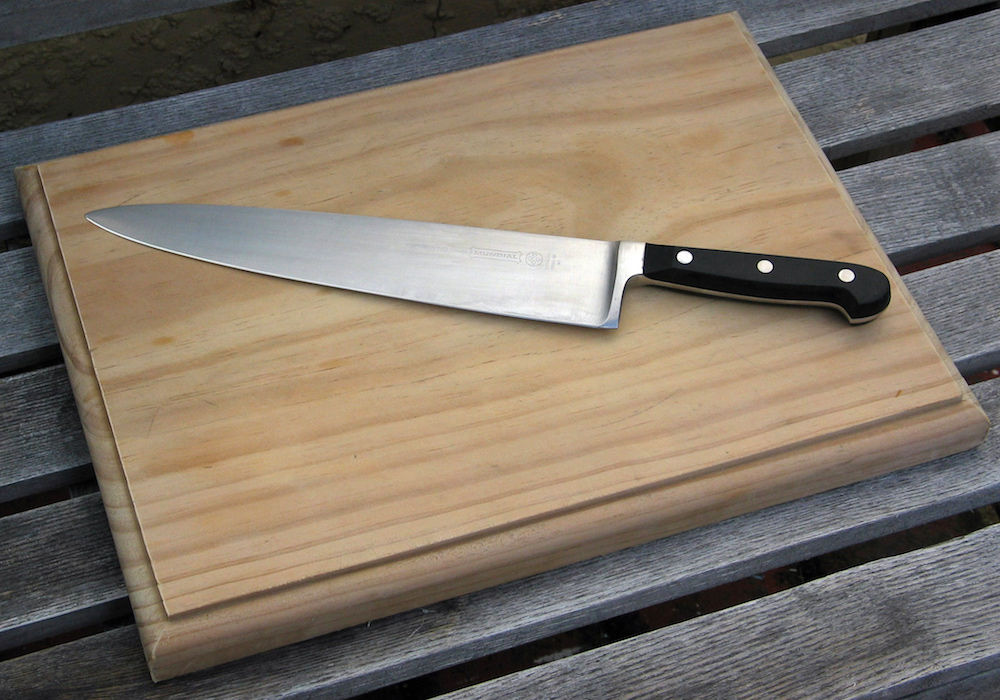
Chances are, if you have a kitchen and have so much as prepared a salad before, you know your way around a cutting board.
They come in all shapes and sizes, but they all serve the same necessary purpose, providing a stable surface for you to chop and dice ingredients.
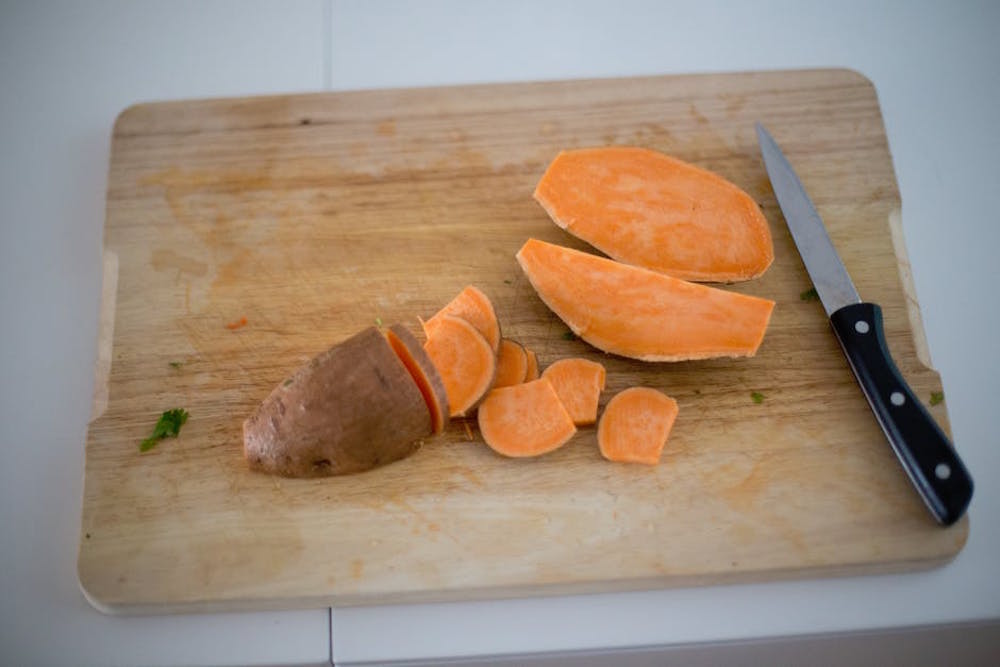
Over its lifetime, a cutting board will come in contact with lots of different foods. All of those ingredients are bound to leave a mark over time.
Usually, some dish soap and hot water can get rid of the visible stains on your board, though that doesn't necessarily mean that it's clean.
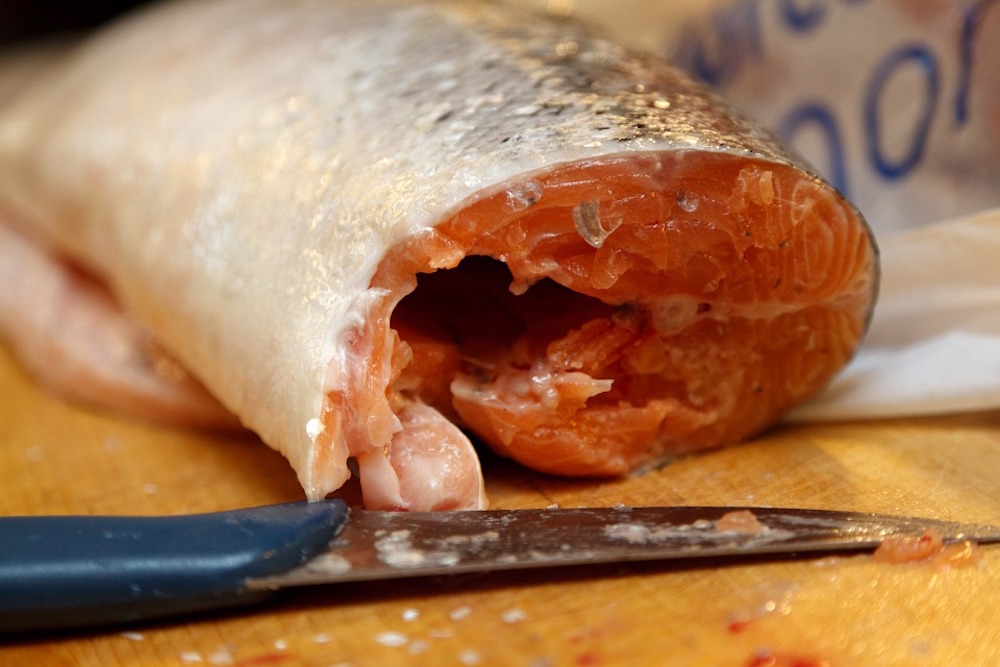
In fact, some ingredient can leave a truly dangerous — and totally invisible — mark behind.
Raw meat and fish prepared on your cutting board can leave behind lots of bacteria. All of those tiny germs can make you seriously sick.
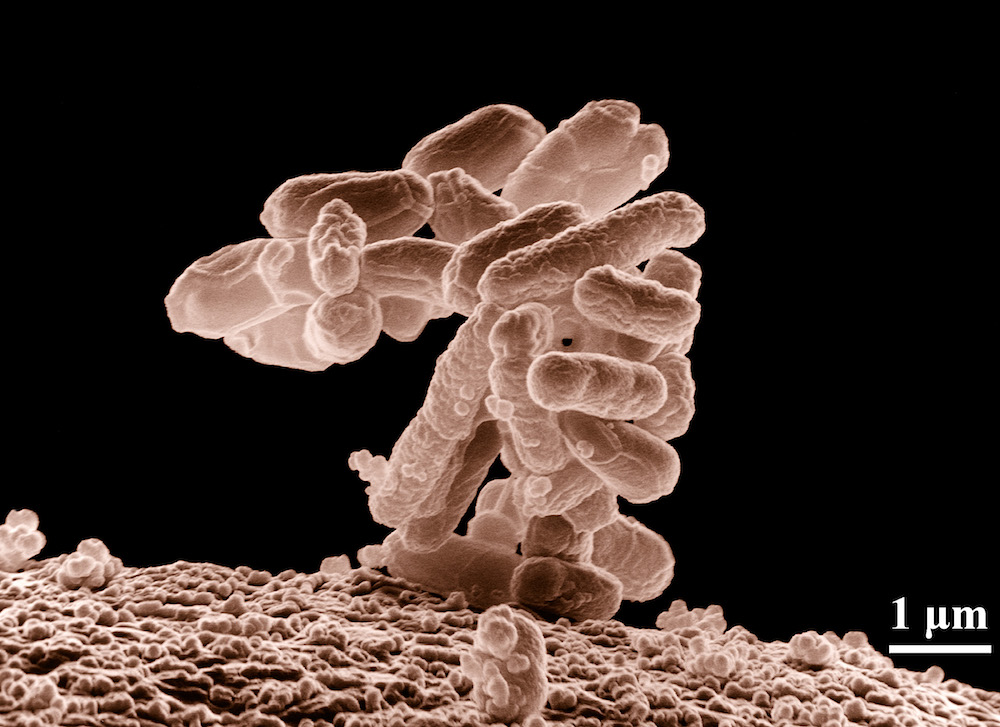
Harmful bacteria are too small for the human eye to see, and may not even leave a mark of any sort on the cutting board's surface.
If you use your cutting board for meat, fish, or poultry, it is a safe bet to assume that your board has come in contact with salmonella, listeria, E. coli and other food-borne, illness-causing organisms, according to Food Safety.
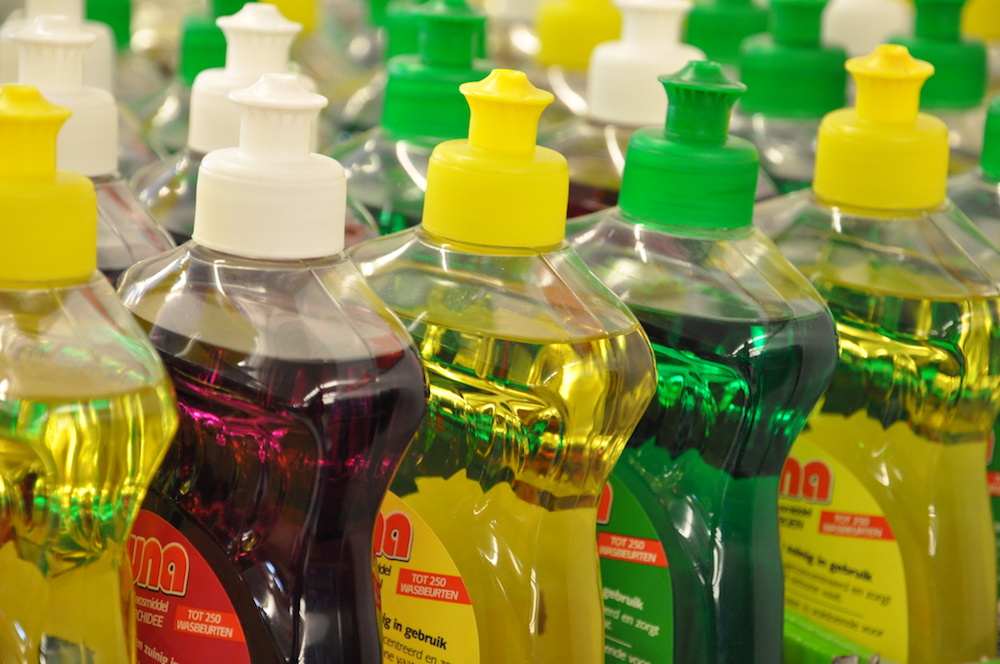
Many people believe that raw veggies are safer, but disease can lurk on lettuce and tomatoes, too.
Green and leafy vegetables like spinach and kale can be especially treacherous, and can often carry listeria, E. coli, and norovirus, according to the UK's National Health Service.
The aforementioned nasty organisms are not going to be killed by mere dish soap and hot water, as this is not a strong enough combination.
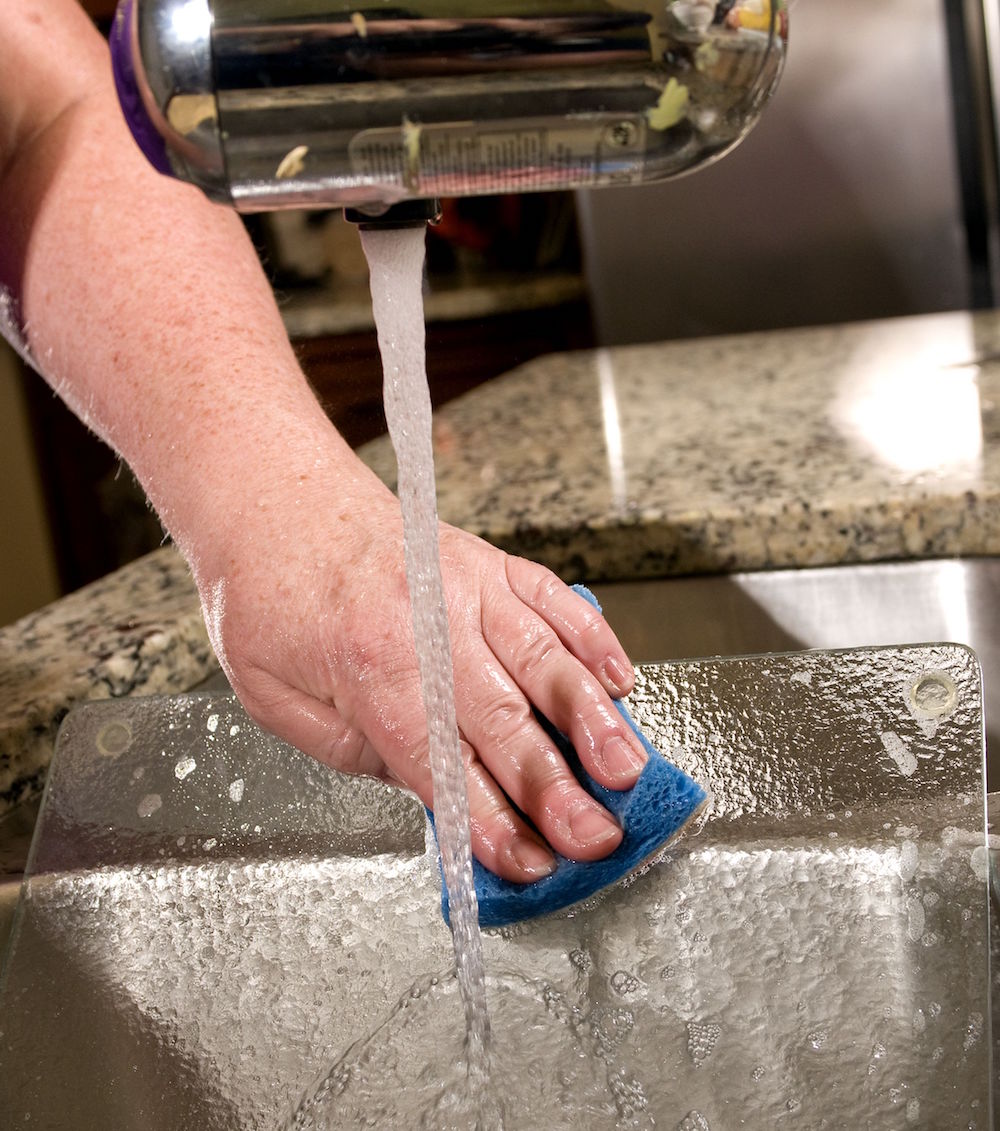
Expert Home Tips editor Stephanie C. explains that the surface of the cutting board is too cold for a hot water/soap concoction to kill the problematic bacteria.
She suggests that the best way to properly clean your cutting board is to switch the soap for bleach and to let the board soak in a hot-water solution.
Just make sure to fully clean and dry the board before using it again.
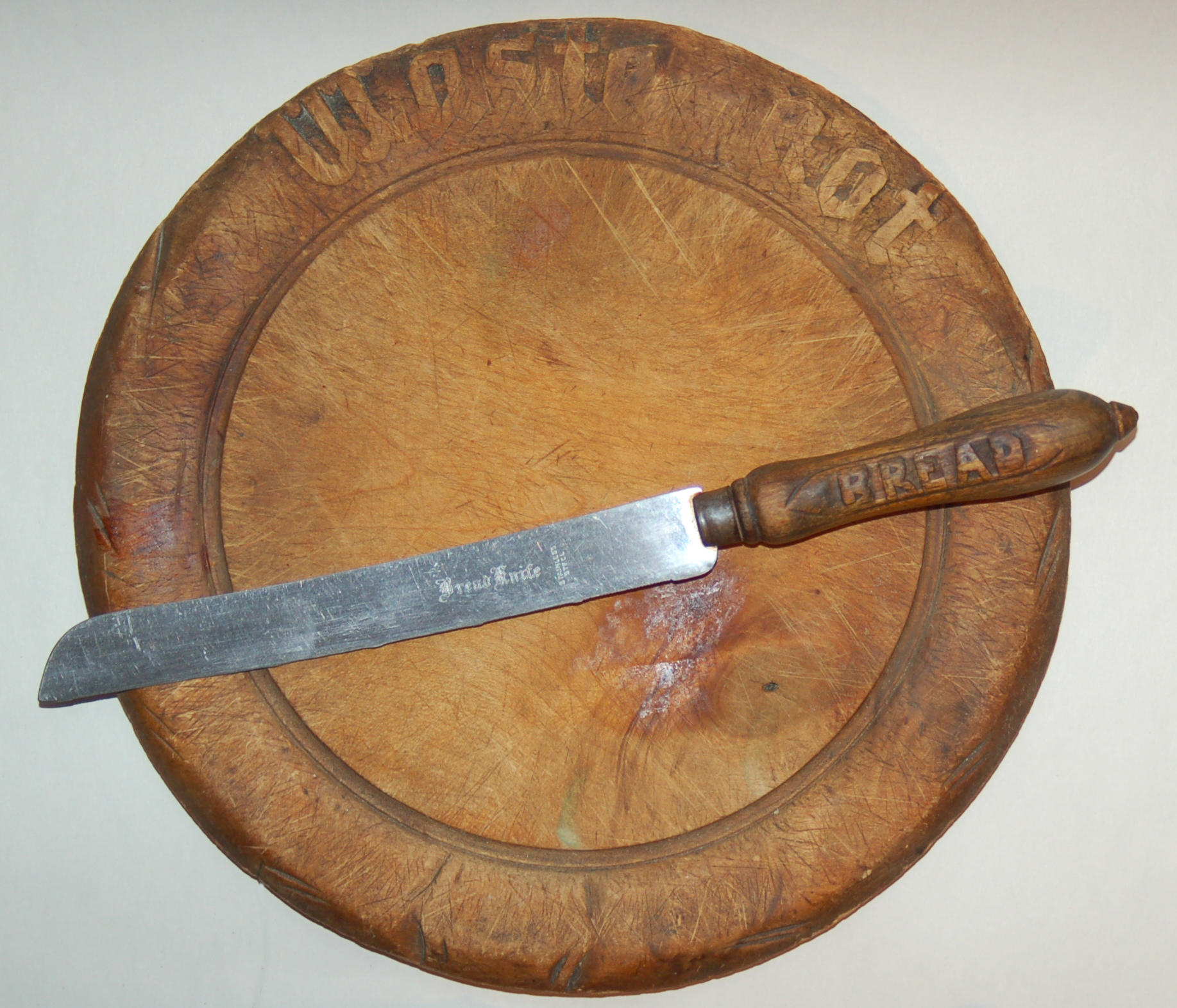
You should also be especially careful with wooden cutting boards, which can be more vulnerable to lingering germs.
Germs can really linger in the cracks and crevices of a wooden cutting board, making them tough to sanitize, according to NC State University.
You should avoid preparing fresh produce or meat products on wooden boards, and use plastic or stone cutting boards instead.
Also, if you are using a wooden board, cleanse it with ammonia, not bleach.
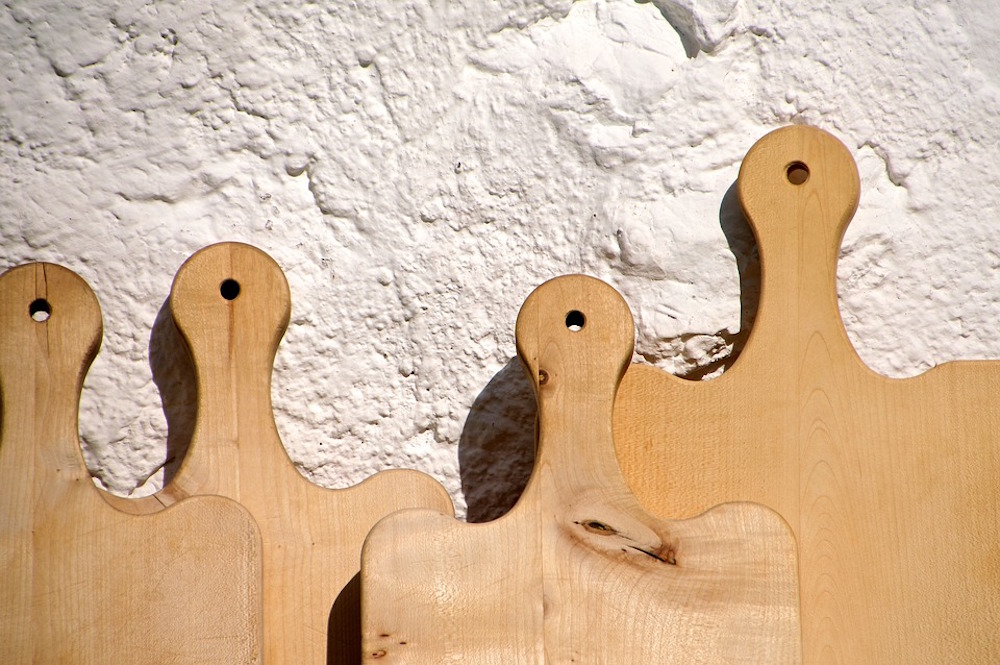
Have you been washing your cutting boards with nothing but dish soap and water, or did you already know the secret to getting them truly clean?
Be sure to SHARE these tips with your friends on Facebook!



